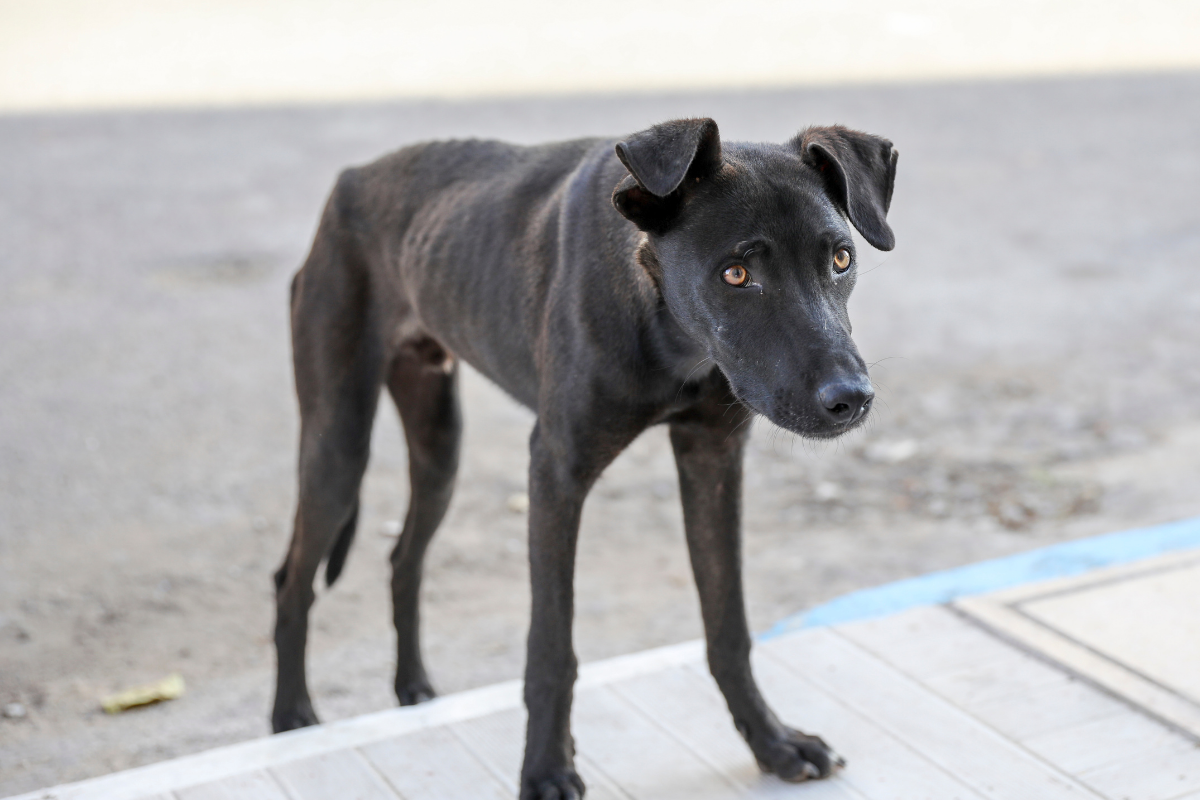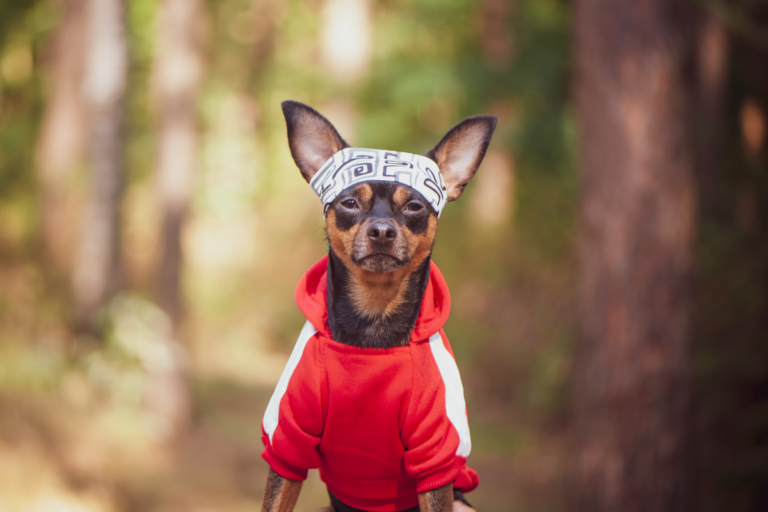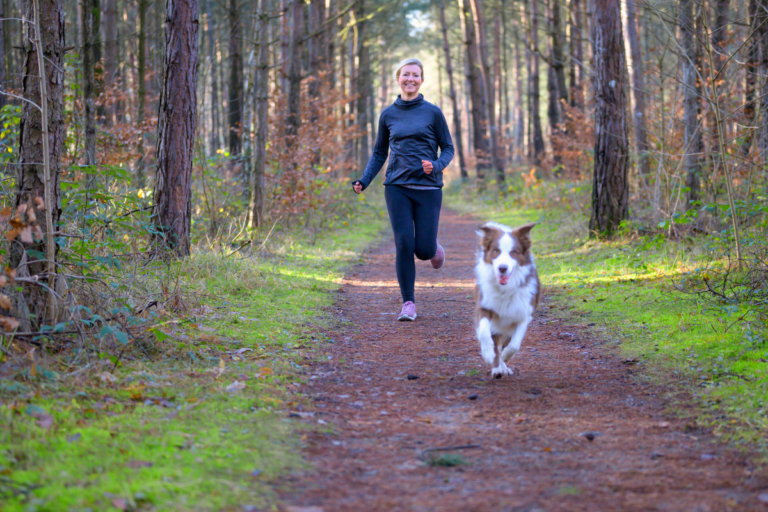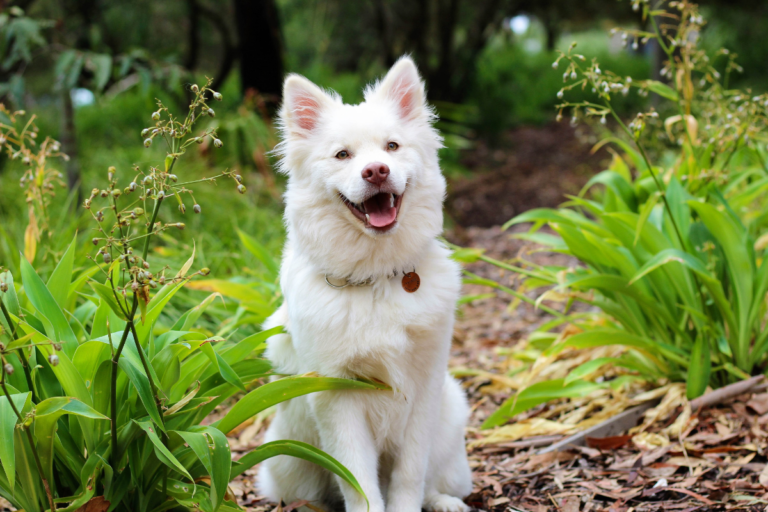Our Journey to a Fit Fido: Keeping Your Skinny Tall Dog Healthy
Tall Skinny Dog Breeds
When we think about dogs that are tall and on the lean side, images of swift, svelte pups probably come to mind. These breeds aren’t just about their good looks; they’ve got history and quirks that make them truly intriguing. Plus, there are some health tips you should know if you’re thinking about adopting one of these graceful furballs.
Characteristics and Origins
Tall skinny breeds are an eclectic bunch, each bringing something special to the table. Here’s a quick rundown of a few:
| Breed | Where They’re From | Personality and Perks |
|---|---|---|
| Doberman Pinscher | Germany | Smart as a whip, loyal to a fault, and your own personal watchdog. |
| English Greyhound | England | Moves like the wind, chill as a cucumber. Pro hunter back in the day. |
| Azawakh | West Africa | Poised, a bit aloof, but very self-reliant. Born and raised a hunter. |
| Saluki | Middle East | Gentle and noble, with a side of snuggles. Been around since forever. |
| Ibizan Hound | Spain | Bounce-off-the-walls energy, sharp as a tack. Loves bunny-chasing. |
| Vizsla | Hungary | Full of beans and melts like butter in your hands. Your go-to hunting sidekick. |
| Pharaoh Hound | Malta | Brainy, always on the go, doting when it cares. Speedy hunter, naturally. |
| Kanni Breed | India | Loyal and nimble, with a quiet side. Skilled in the chasing game. |
| Whippet | England | Sweet and playful with a turbo mode. Speed champion of the backyard. |
| American English Coonhound | USA | Friendly, clever, and all about working hard. Raccoons quiver in its wake. |
These bunch of pups have a lively nature and peculiar characters. They’re all about staying active and, with the right touch of training and a heap of love, they’re as loyal as can be—both to humans and their fellow furry pals.
Health Considerations
Having a lanky buddy at home means staying on your toes about some health stuff. Their slim physiques can sometimes come with a few quirks:
-
Hip and Elbow Dysplasia: Those long legs can run into joint trouble. Regular vet visits and some TLC can help keep things working smoothly.
-
Arthritis: Big dogs often get the stiff joint blues. A good diet and maybe a dash of supplements can ease their aches.
-
Stomach Bloat and Torsion: Big-chested breeds can get a bit of belly trouble if not careful. Smaller meals and some chill time after eating can be lifesavers.
Here’s a visual to get a grip on common health checks for our tall and slim amigos:
| Health Issue | What’s the Deal? | Keeping It in Check |
|---|---|---|
| Hip and Elbow Dysplasia | Joints can misbehave, leading to pain. | Frequent vet check-ins, keeping their weight in check. |
| Arthritis | Joints get sore and stiff. | Control weight, possible joint supplements. |
| Stomach Bloat and Torsion | Tummy troubles, twisting issues. Can be dire. | Feed small portions, limit exercise right after meals. |
Knowing what makes these tall, skinny breeds tick means we’re better equipped to give ’em the best life. Keeping them moving, fit and feeling good is what it’s all about. Want more tips on keeping your buddy in tip-top shape? Head on over to our article all about fitness with pooches.
Behavioral Differences in Dog Sizes
Let’s chat about how the size of our pooches affects their personalities. Getting to know how size impacts behavior can really help us keep our pets happy and healthy. Time to uncover how size shapes the actions of our lanky buddies.
Impact of Size on Behavior
The size of our canine pals can really tell us a lot about their behavior. Studies say that taller dogs often snuggle more, bond better, and are generally more fun-loving than their squatter friends. Check out this breakdown of how size might color your pooch’s personality:
| Dog Size | Typical Behavior |
|---|---|
| Tall | Big on affection, good team player, playful |
| Short | Leaning toward aggression |
| Heavy | Daring, curious, sharply aware |
| Light | Skittish, on edge |
Considering this, we can tailor our doggy exercise and training plans. Knowing what makes our furry giants tick helps us be patient—and that’s a win for everyone.
Behavioral Tendencies
Our long-legged, slim dogs have their quirks rooted in their build. They’ve got energy to burn and are always on the move. Point them in the right direction with a mix of loving discipline, and you’ll have a loyal buddy for life.
Different head shapes add another layer to the puzzle. Short-nosed pooches often appear more combative in tough spots but love to play with their humans. Long-nosed ones might shy away from new people but shrug off surprises pretty fast.
With this scoop on our waggly wonders, we can customize activities that keep our skinny superstars pumped and sharp. Dive into our articles on dogs workout and k9 fitness to snag more tips for an active pup.
Recognizing an Underweight Dog
Keeping tabs on our pets’ weight is super important for their health and happiness. Knowing when our pups might be too skinny calls for a good eye and a gentle touch, plus a nod to the risks that come with being underweight.
Identifying Underweight Dogs
As dedicated dog folks, we can spot an underweight pup by looking and feeling their bodies. If those ribs, the spine, and the hips seem to pop out like a bad haircut, it might be time to fatten up Fido a bit (Bella & Duke).
| Visible Signs of an Underweight Dog |
|---|
| Ribs that say “Hello!” |
| Backbone peering out |
| Hips sharp enough to cut cheese |
Some pups are just naturally slim—it’s like they’re born to strut the dog park runway. Breeds like Greyhounds or Whippets have a naturally lean build, and that’s A-okay (Woof Blankets).
Risks of Underweight Dogs
Being too skinny isn’t all about looks; it can mess with a dog’s health in no time. Here are some risks that might follow:
- Boo-boos that heal slower than a lazy sloth
- The pep in their step is more of a plod
- A defense system weaker than wet tissue paper
- Overall life satisfaction goes down the drain (Bella & Duke)
| Health Risks of Being Underweight |
|---|
| Slow patch-ups |
| Snooze fest |
| Wimpy immune system |
| Mood killer |
Keeping our lanky buds in tip-top shape is key for their well-being. For more on making sure your pooch isn’t turning into a stick figure, check out our section on ideal body condition. When in doubt about your dog’s weight, give your vet a call. They’ll help figure out if there’s something sneaky going on and get your dog’s diet and energy levels back on track.
To find ways to keep those tails wagging, visit our articles on dogs workout and k9 fitness. These tips will get your furball moving and make sure they’re having fun while staying fit.
Small Dog Challenges
Training for Small Dogs
Training tiny dogs is its own circus! These little bundles of energy often find themselves overwhelmed in spaces meant for big ol’ Labradors or German Shepherds. Frankly, it’s like sending a kindergartner to a college lecture. So, what’s the trick? Raise ’em up! Pop your mini-pooch onto a comfy chair or even sit with them on your couch. It’s like having a front-row seat at their own little performance! A good ol’ target stick can be your magic wand, bringing out the best puppy poses. Because let’s face it, who wouldn’t want to be in the limelight when good treats are involved?
| Training Aid | Benefit for Small Dogs |
|---|---|
| Elevated Platforms | Comfort boost and grabs their attention |
| Target Sticks | Keep those tiny paws on point |
| Small-Sized Training Props | Easy-peasy handling for our little furballs |
Now, when it’s time to mix and mingle, a bustling, bark-filled group class might not be spot on for our little buddies. Imagine being the only small fry in a sea of behemoths — intimidating, right? This doesn’t have to mean our pint-sized pals miss out though. Check out fab classes like “Mighty Mites” or “Tiny Tots” — places where our little pals feel less like fish out of water and more like puppies in their element.
Swing by our bit on canine fitness to keep tails wagging and paws moving.
Socialization for Small Dogs
Socialization isn’t just a nice-to-have, it’s a gotta-have for tiny pooches to grow up happy and not frantic yappers. You don’t want your pup to turn into a furry hot potato of nerves, right? It’s all about those feel-good doggy dates where everyone leaves friends, not frenemies. Whether it’s wagging tails in a group class or sniffing around meet-up groups, it spells fun and confidence.
| Socialization Activity | Benefit for Small Dogs |
|---|---|
| Group Training Classes | Helps get those social juices flowing |
| Meet-Up Groups | New buddies, new adventures! |
| Specialized Classes (“Mighty Mites,” “Tiny Tots”) | It’s their world, and we just live in it |
By scouting out spots with “tiny” written all over them, we’re paving the way for our furry BFFs to make some pals and avoid turning into the neighborhood grump.
For a treasure trove of tips and tricks on bounding into a healthier pupper life, check out our article on fitness with dog.
Ideal Body Condition
Alright folks, let’s talk about keeping our tall, lanky pups in tip-top shape. We’ve got a dog with legs for days and a figure that’s more slender than a Saturday morning pancake. But it’s not just about looks; it’s about making sure our long-legged buddy is healthy and wagging happily.
Keeping the Pounds Right
Our mission: help our skinny giants stay healthy without turning them into doggy runway models. Can you count the ribs and feel that backbone? Well, your pooch might be a bit too much on the slender side. Time to beef them up a bit with some good ol’ doggy chow and fun times.
- Good Eats:
- Pick some fancy dog chow, packed with all the good stuff.
- Toss in a good mix of proteins, fats, and those carb things.
- Adjust the bowl portions – more for the zoomies, less for the couch surfers.
- Move It or Lose It:
- Get their tails in motion with good ole’ walks.
- Playtime’s crucial for keeping those doggy limbs moving.
- Toys and games? Heck yeah, bring them on!
- Check the Scale:
- Keep tabs on Fido’s weight.
- Notice any sudden changes? Time to call doggy Dr. McStuffins.
- That vet’s got the scoop on making our dogs shine.
| Dog Condition | Visible Symptoms |
|---|---|
| Underweight | Ribs, spine, and bone show all too well. Muscle loss. |
| Ideal Weight | Ribs are there, but under a light doggy layer. |
By checking the weight and feeding the right stuff, our pups can strut their stuff healthy and proud!
Beyond the Mirror: Health Perks
Maintaining a healthy weight for our tall, lanky pals ain’t just for show. Here’s how their health stands to benefit:
- Smooth Moves:
- Keeps joints happy.
- Less stress on those long muscles and bony parts.
- Fired-up Energy:
- Right food equals bounce-it-off-the-walls energy.
- More zoomies and wagging tails.
- Crank up the Defenses:
- Healthy bodies fight off bugs better.
- Sick days? Hard pass!
- More Tail Wagging Years:
- Nailing that weight extends their playtime on this good green earth.
- Avoid pesky long-term health woes.
| Health Aspect | Benefits of Ideal Weight |
|---|---|
| Mobility | Easy movement and comfy joints. |
| Energy | Revved-up for all day fun. |
| Immunity | Makes the body’s defenses strong. |
| Lifespan | Keeps chronic gremlins at bay. |
It ain’t just about looking good – keeping those lanky pups healthy is golden. By feeding right, playing well and keeping a close watch, we’re gifting them the best shot at a long, happy life.
Need more tips to keep those tails wagging? Scoot over to our article on fitness with dog and dig into canine fitness for more on making our pups’ lives downright paw-some.
Care for Tall Skinny Dogs
Keeping our tall, skinny dogs content isn’t just a walk in the park; it’s about giving them the right care, including plenty of exercise and the right kind of training.
Exercise and Activity Needs
Our lanky pals like Doberman Pinschers, Greyhounds, and Whippets (Woof Blankets) have energy levels that could rival a toddler on a sugar rush. They need daily exercise to keep them from turning your favorite shoes into chew toys.
| Dog Breed | Daily Exercise (minutes) |
|---|---|
| Doberman Pinscher | 60 – 90 |
| Greyhound | 30 – 60 |
| Whippet | 45 – 60 |
Here’s how you can burn up that energy:
- Daily walks: A couple of good walks a day go a long way.
- Off-leash play: A safe, fenced-in spot lets them run wild.
- Interactive toys: Puzzle toys are a great way to keep their brains busy.
You can find more ideas for keeping your dog active in our dogs workout article.
Specialized Training for Tall Dogs
Tall, lean dogs sometimes need a little extra help to work with their unique traits. Knowing what makes them tick helps us train them without breaking a sweat.
Focus Areas:
- Obedience Training: Basics like “sit” and “stay” make life easier for everyone.
- Agility Training: Tap into their natural speed for physical and mental exercise.
- Socialization: Mixing with different settings, folks, and other canines boosts confidence.
Some breeds can be sensitive when it comes to training. For instance, Greyhounds, those speedsters of the dog world, respond sweetly to positive vibes and gentle nudges (Woof Blankets).
| Training Focus | Example |
|---|---|
| Obedience | Sit, Stay, Come |
| Agility | Obstacle Courses |
| Socialization | Dog Parks, Group Classes |
Keep an eye out for health quirks like hip issues and arthritis common in the stretch-armstrong types (Woof Blankets). Our piece on canine fitness offers more advice on staying spry.
By appreciating these quirks and needs, we can ensure that our tall and slender friends live full, happy lives without a hitch.






